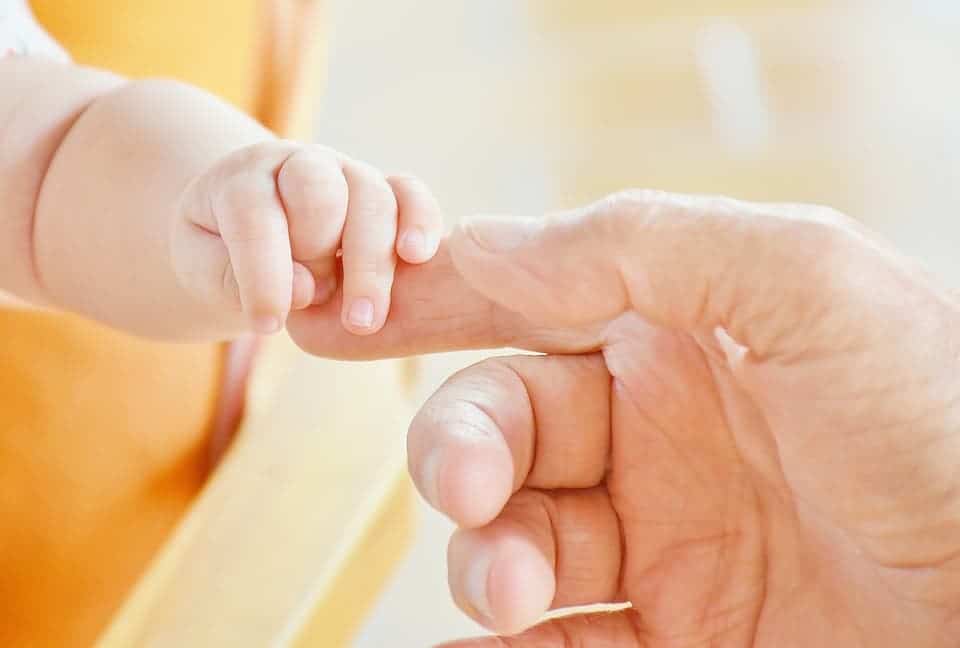A group of researchers discovered a new, important genetic mutation, associated with the breathing muscles, that is implicated in cot deaths. They believe future research will find a way to prevent such tragedies.

“Previously the whole focus of trying to understand it was either the heart or the brain cells controlling breathing,” said Professor Michael Hanna of the MRC Centre for Neuromuscular Diseases at University College London, one of the authors of the new paper published in The Lancet.
Professor Hanna said that researchers now want to investigate all the other genes associated with the breathing muscles that may be implicated in cot deaths and see what role they are playing.
The newly discovered genetic mutation causes a dysfunction in the management of low oxygen levels in the infant’s blood, researchers said. It alters the shape of a “sodium pump” that maintains an electric current to stimulate muscle contraction.
“I think the evidence is pretty compelling that some cases of SIDS are caused by sodium channel mutations,” said Prof. Hanna.“There must be a vulnerability, and what we’re saying is that in some cases, the sodium channel is rendering them vulnerable,” he explained.
Sudden infant death syndrome (SIDS), is also known as crib death because the seemingly healthy infants often die in their cribs during sleep. The affected babies are less than a year old. These tragic events are rare, about 300 such unexpected deaths happening in the UK every year and 2,400 in the US.
Doctors recommend to lay the babies on their back and not their front, not to smoke near them and not to share a bed with them. Time has proven that these measures reduce the risks of cot deaths, but scientists have never understood why such horrible events happened. Previous research has described one other genetic mutation in a heart gene which may play a part in SIDS.
In this new paper, researchers studied the cases of 278 children who died unexpectedly and were diagnosed with SIDS – 84 from the UK and 194 from the US. After sequencing their genome, scientists compared them with the ones of adults with no cardiovascular, neurological or respiratory diseases.
Next, researchers looked at the prevalence of the SCN4A gene that codes for a cell surface receptor found on top of breathing muscular cells. At birth, the expression of this surface receptor is low, gradually increasing during the first two years of life.
Scientists observed that the rare mutation was found in four of the children previously diagnosed with SIDS, and in none of the adults. Even though the figure may not seem relevant to you, researchers say it is highly significant because it is normally found in fewer than five people in every 100,000. The research team believes that this mutation could affect children’s breathing muscles, making them weaker. Infants are most vulnerable when sleeping in the wrong position or tangled in the bedclothes.
“In the population we studied, the evidence is strong that it is at the very least a risk factor in those cases that had it [the genetic mutation],” said Hanna. “It certainly doesn’t explain the majority of Sids,” he concluded.
Luckily, in the future, researchers will be able to find all the genes implicated in triggering SIDS and develop a method to fight this dreadful syndrome.


